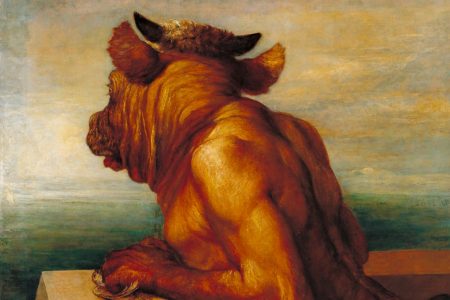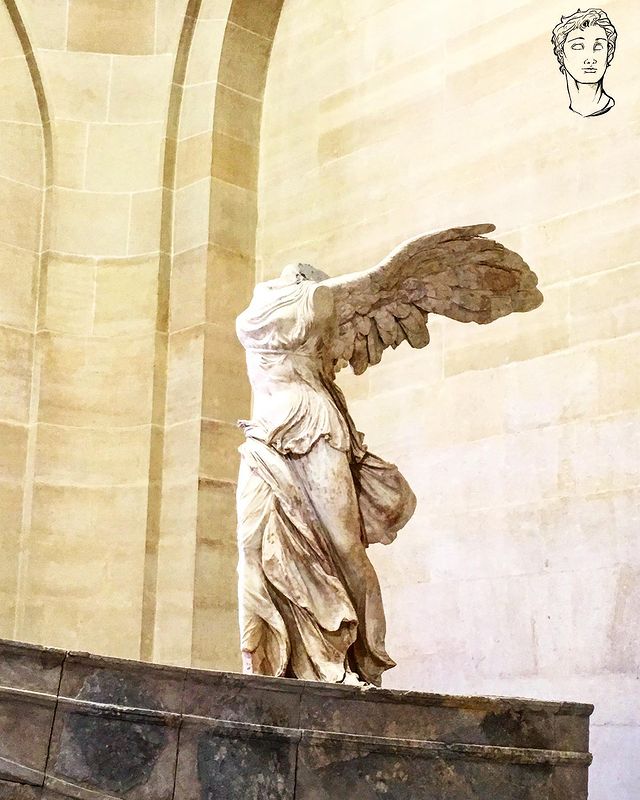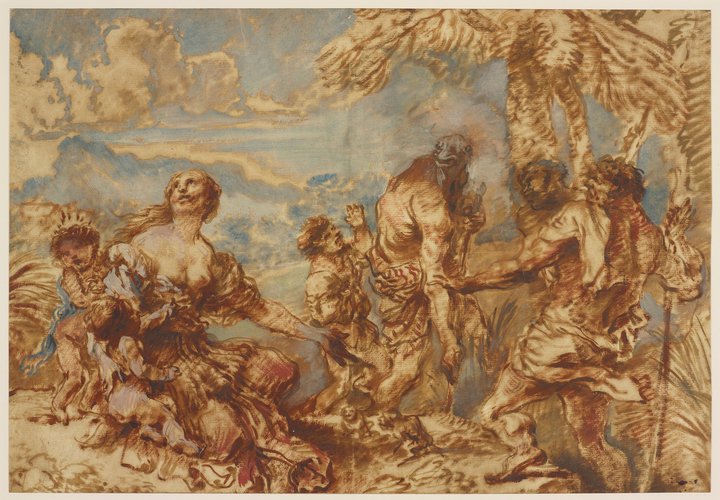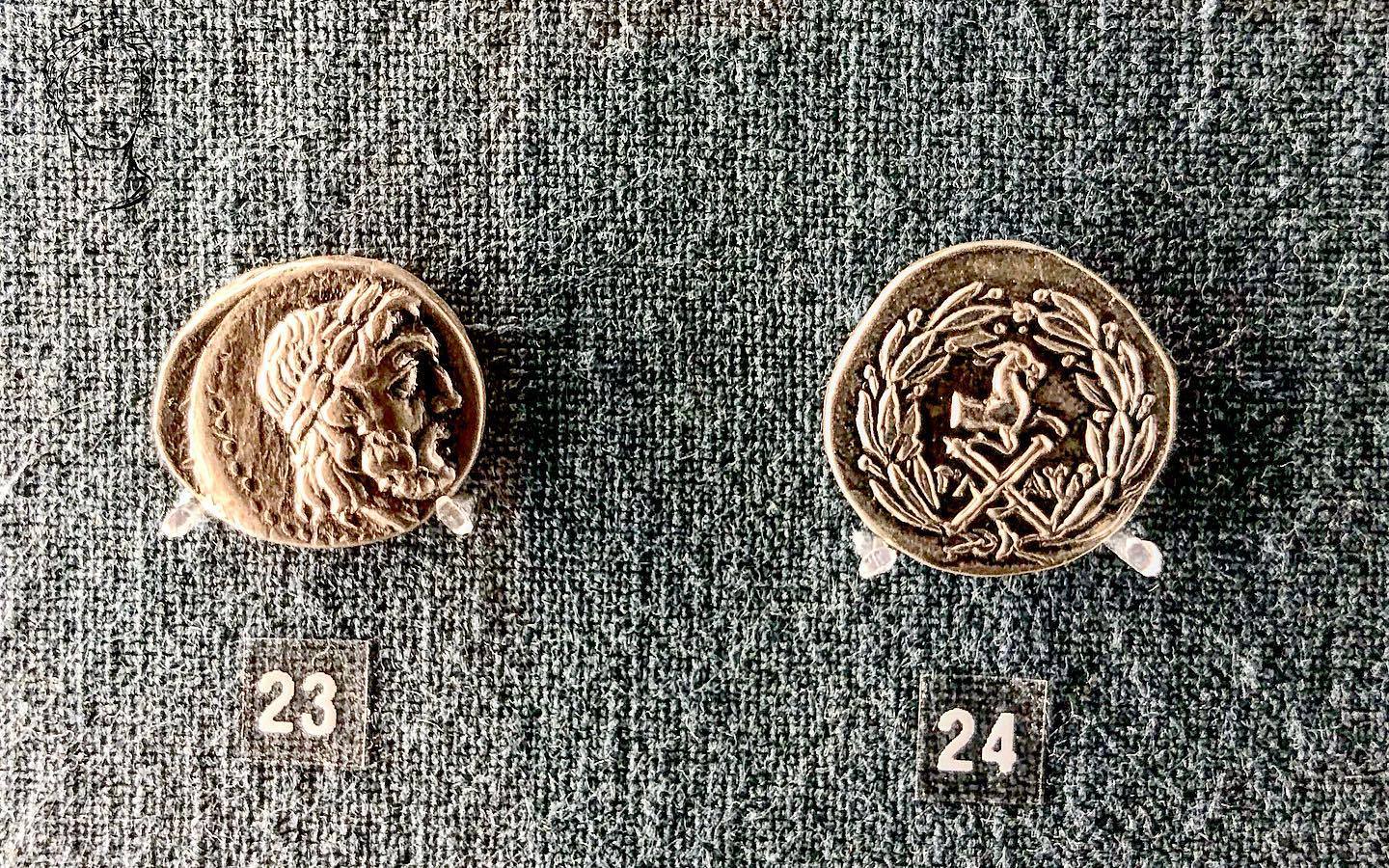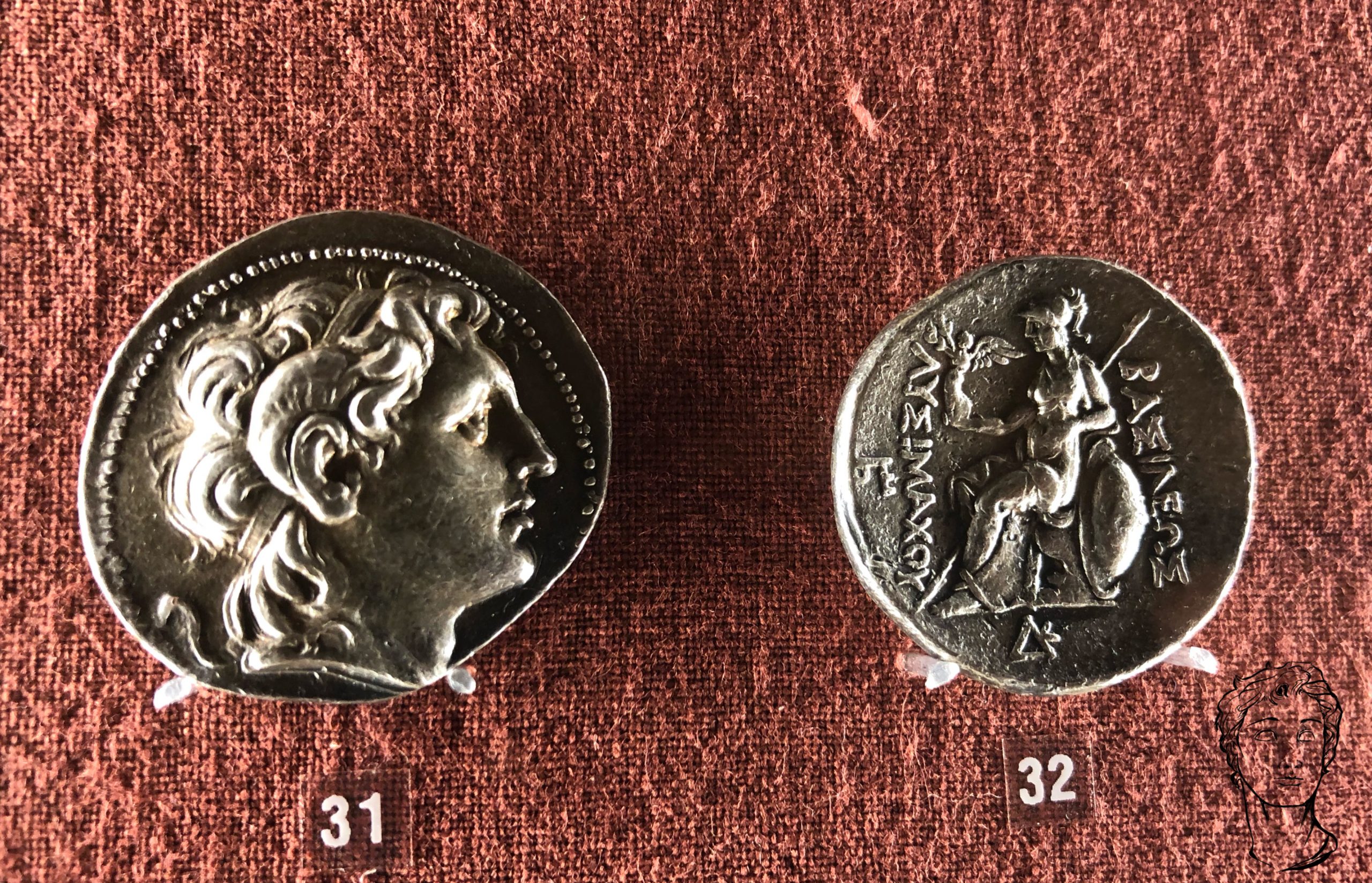No other statue of a woman from antiquity is as famous as the armless beauty now residing at the louvre in paris. After its discovery in 1820 on the greek island of milos, it has captured the imagination of the many people who look upon it every year. The statue itself is a prime example …



